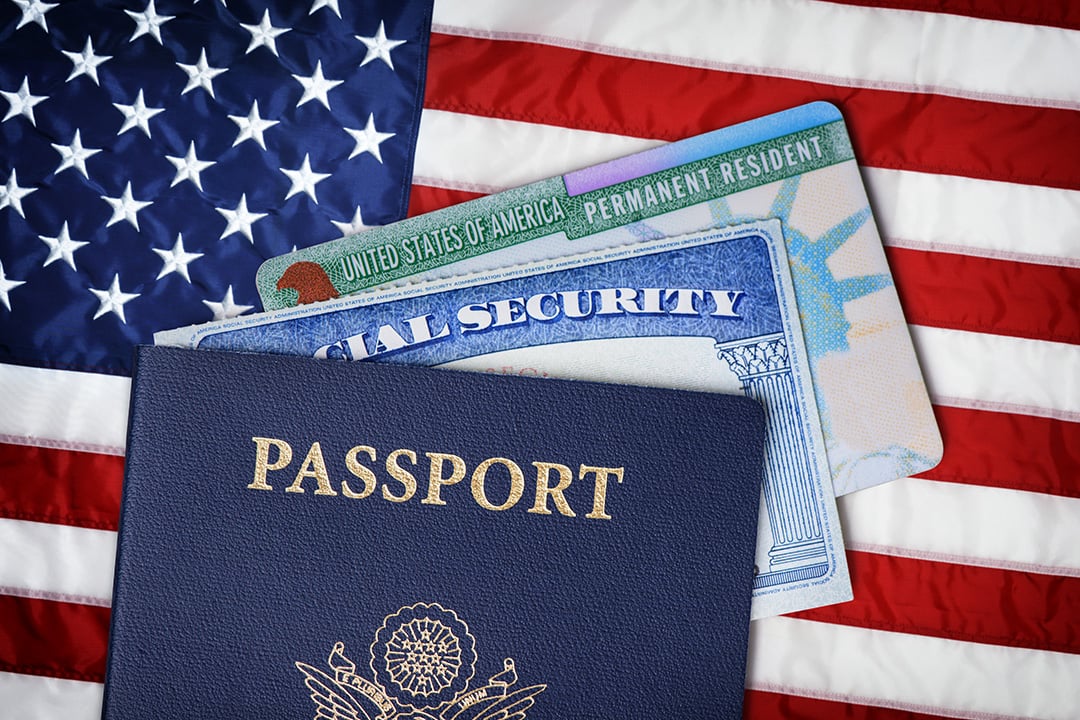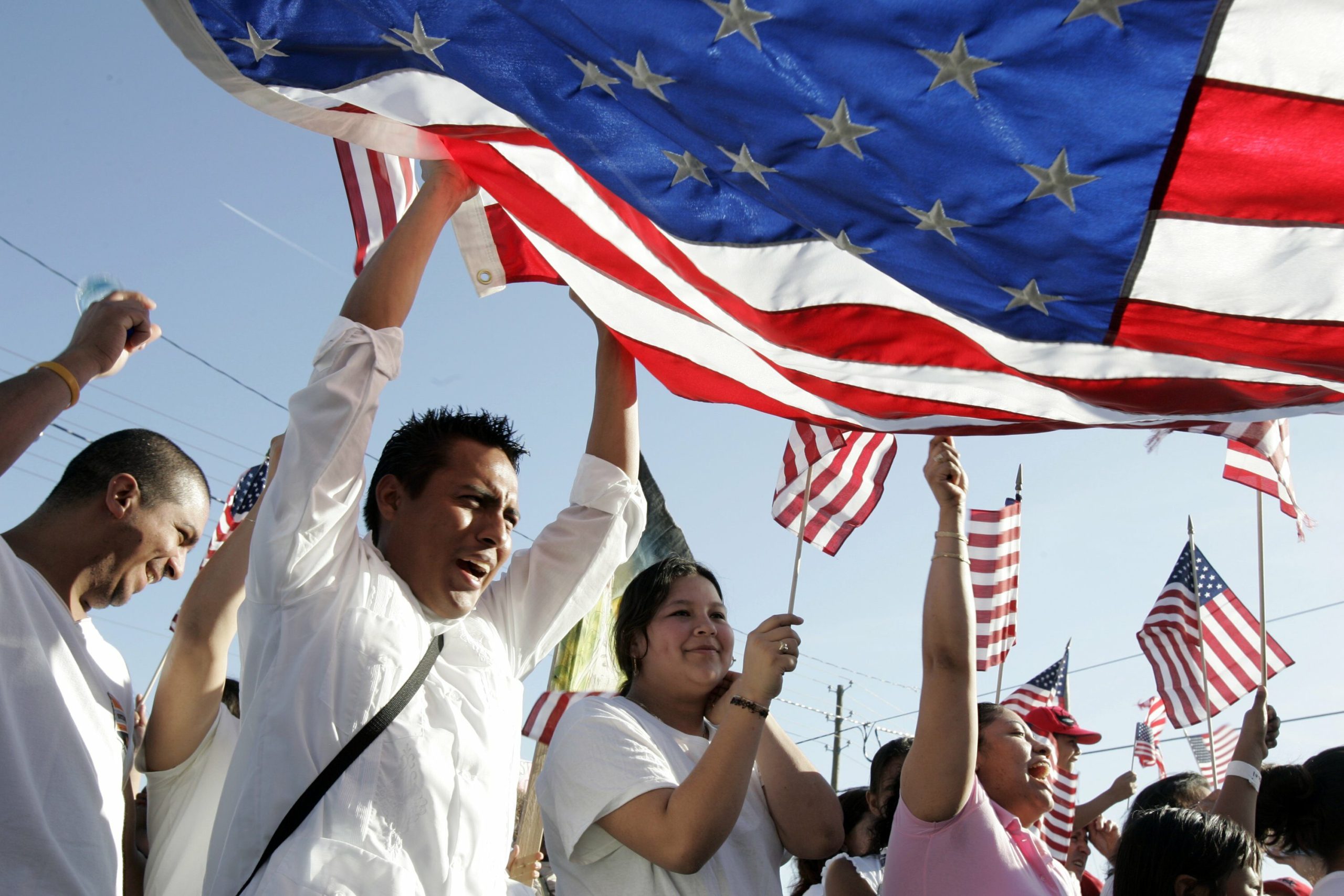President Donald Trump's Truth Social post on Thanksgiving declared a permanent pause on migration from third-world countries. This bold move came just hours after a tragic shooting in Washington D.C. rocked the nation. An Afghan national, Rahmanullah Lakanwal, who entered the U.S. in 2021 under special CIA protections, stands accused of killing one National Guard member and wounding another.
The incident ignited swift federal actions that now threaten to upend America's economic foundations. Families across the country wonder how this will hit their wallets. Businesses brace for chaos in hiring. And economists sound alarms about a slowdown that could last years. This isn't just policy talk. It's a seismic shift unfolding right now, with costs that everyday Americans will pay in higher bills and lost opportunities.
The Catalyst: A Deadly Shooting Sparks Nationwide Immigration Crackdown
The violence in D.C. unfolded on a crisp fall morning, turning the capital into a symbol of raw vulnerability. Lakanwal, once vetted by intelligence agencies, allegedly opened fire near federal buildings. One guard died at the scene. The other fought for his life in surgery. Federal agents swarmed the area within minutes. By evening, the White House issued emergency directives.
Immigration requests from Afghans halted immediately. Green cards from applicants in 19 targeted countries faced urgent review. Those nations include Afghanistan, Iran, Iraq, Libya, Somalia, Sudan, Syria, Yemen, Chad, Eritrea, Ethiopia, Nigeria, Pakistan, Venezuela, Haiti, Myanmar, Sierra Leone, Trinidad and Tobago, and North Korea.
Officials vowed to strip federal benefits from non-citizens. Refugees drew sharp criticism as sources of social strain. Removals targeted anyone deemed not a net economic contributor. Trump's post framed the pause as essential recovery for a strained system. Yet beneath the urgency lies a financial reckoning few anticipated. Labor markets, already tight, now teeter on the edge of collapse. The human toll feels immediate and heartbreaking.

A U.S. passport and green card rest on the American flag — a powerful reminder of how immigration rules are tightening and what’s at stake for millions navigating the system.
Labor Crunch Hits Home: Soaring Prices and Empty Shelves Loom Large
America's economy thrives on immigrant hands in fields, factories, and care homes. A sudden halt from these 19 countries disrupts that flow overnight. Agriculture loses over 70 percent of its workforce, mostly from these regions. Crops rot in the sun without pickers. Hospitality scrambles for servers and cleaners.
Elder care facilities, serving a graying population, face ghost shifts. Meat plants and construction sites grind slower. Wages spike as employers compete for scarce talent. Food costs climb fast, squeezing grocery budgets. Housing projects stall, delaying dreams for young families. Services grow scarce, forcing tough choices on time and money.
Analysts predict 3 to 5 percent inflation in essentials within 18 months. According to analysis reviewed by Finance Monthly, this pressure echoes the supply chain woes of recent years but strikes deeper into daily life. Small towns feel it first, where immigrant workers prop up diners and farms. The frustration builds as prices rise, reminding families that security comes at a steep personal cost.
The Widest Ripples: Families, Businesses, and States Feel the Squeeze
Low-income households bear the brunt first, as food and rent surges eat into paychecks. Small business owners, from rural landscapers to urban bakers, stare down closures without reliable crews. States like Florida, Arizona, Pennsylvania, Maine, and Michigan, with booming retiree populations, lose vital support in care and construction.
Federal coffers empty faster, curbing investments in roads and schools. A Stanford study warns of $1 trillion in lost output over a decade without immigrant labor. This pause could double that hit, stalling GDP and inflating everything from gas to gadgets. The paradox stings: a shield against threats now exposes economic vulnerabilities.
Communities split between fear of outsiders and dread of empty storefronts. Yet in this tension lies a call to balance compassion with calculation. America has always grown through newcomers. Turning away risks a smaller, costlier future for all.

Newly arrived immigrants wave American flags with pride — a moment of optimism set against a backdrop of tightening immigration rules and growing uncertainty about the future.
Beyond the Headlines: What You're Wondering About Trump's Migration Pause
Will Food Prices Skyrocket Because of This Policy?
Yes, expect noticeable jumps in grocery bills soon after the pause takes hold. Sectors like agriculture depend heavily on immigrant labor from the affected countries, where over 70 percent of farmworkers hail from. Without those hands, harvests delay and costs rise to cover overtime or imports. Families might see staples like produce and meat up 10 to 15 percent in the coming year. This isn't hype. It's basic supply and demand at work, hitting dinner tables hardest in heartland states. Long-term, it could reshape shopping habits, pushing more toward local or pricier alternatives. The real pain comes for fixed-income households, turning meals into monthly math problems that erode savings bit by bit.
How Soon Could Social Security Benefits Get Cut?
The shortfall accelerates rapidly, with trust funds potentially running dry by 2033 under this scenario. Immigrants contribute billions annually in taxes without drawing benefits right away, keeping the system afloat for current retirees. A pause removes that buffer, worsening the worker-to-retiree ratio already strained by baby boomer retirements. Lawmakers might respond with benefit trims of 20 percent or payroll tax increases to 16 percent. This shift demands tough talks on priorities, like protecting the vulnerable while urging delayed retirements. For everyday savers, it means ramping up 401(k)s now, as the safety net thins faster than planned.
What Can Small Businesses Do to Survive the Labor Shortage?
Owners should act fast by tapping training programs for locals and exploring automation grants from the Small Business Administration. Many in hospitality and construction already face 20 percent staffing gaps, but federal incentives could offset hiring costs through wage subsidies. Partnering with community colleges for quick certifications helps too, building a domestic pipeline. Success stories from past shortages show adaptability pays off, like farms using tech for picking. The key lies in community ties, where businesses collaborate to share workers during peaks. This builds resilience, turning crisis into a chance for innovation that strengthens local economies for years ahead.














